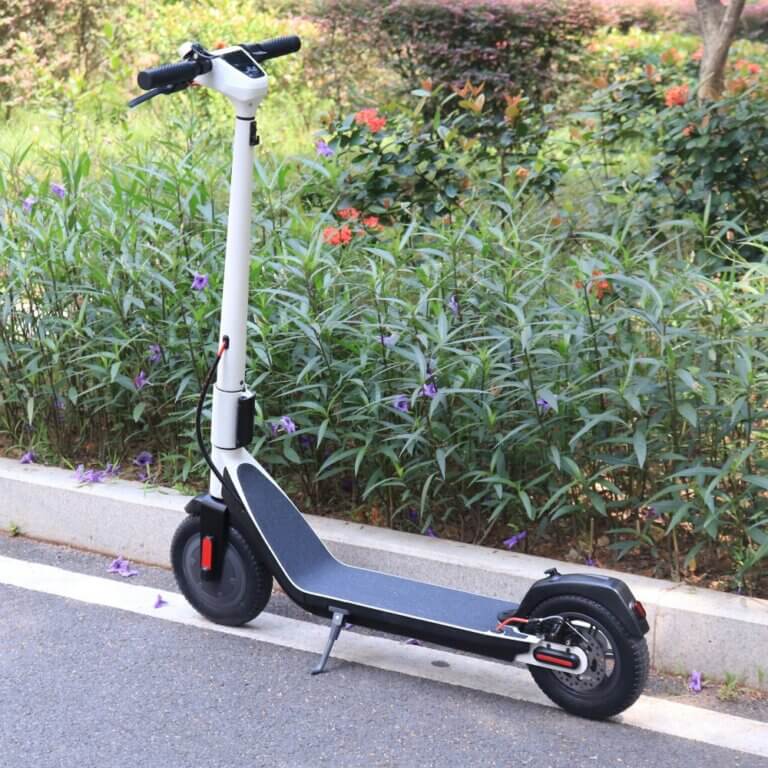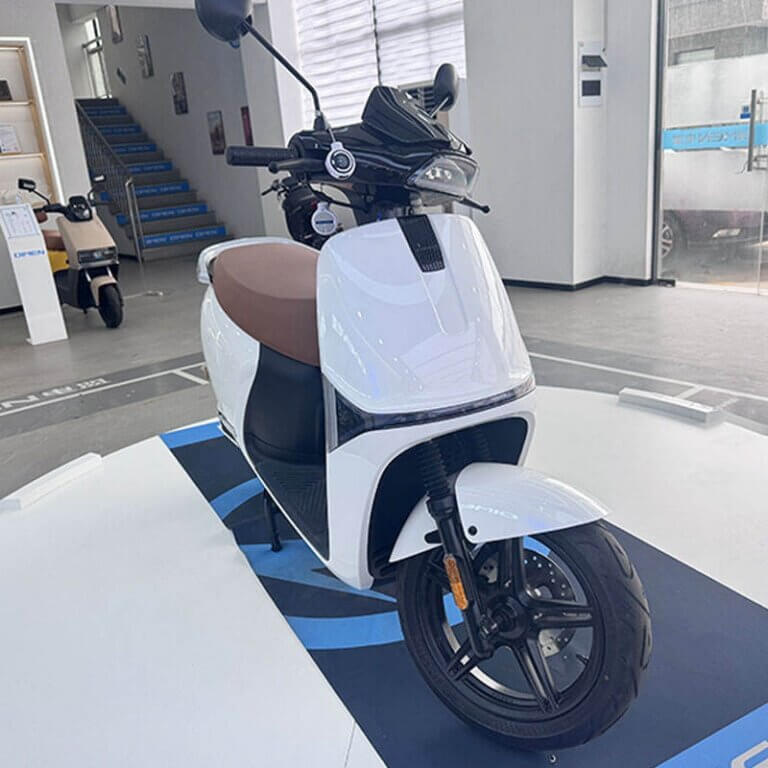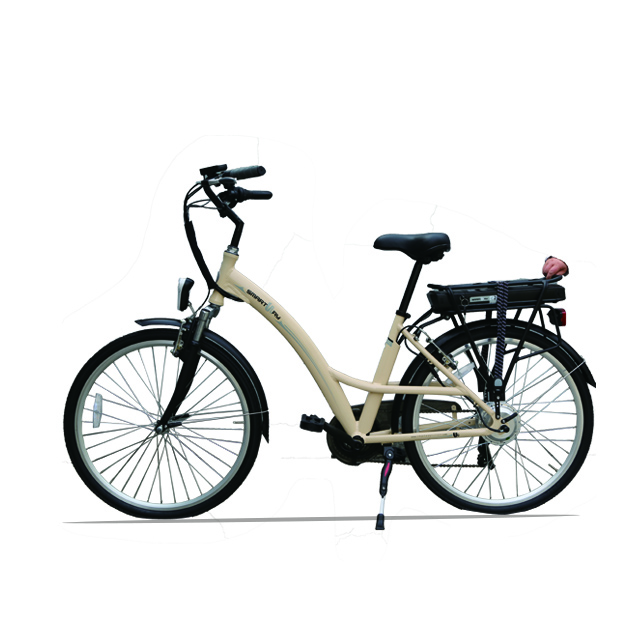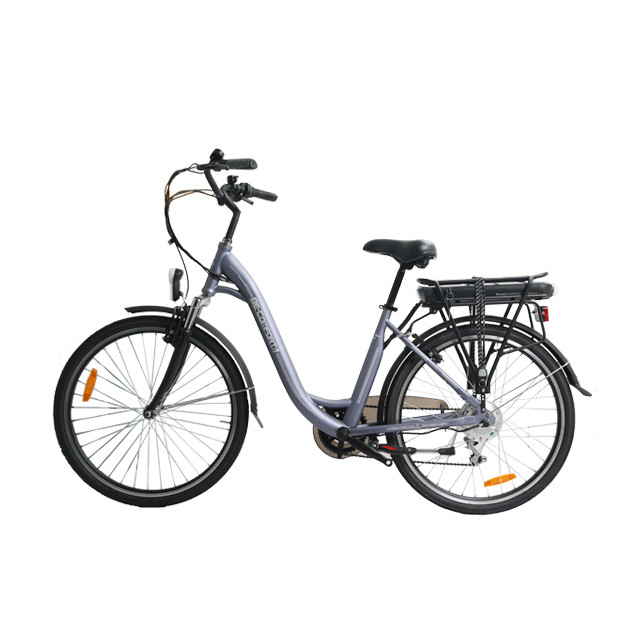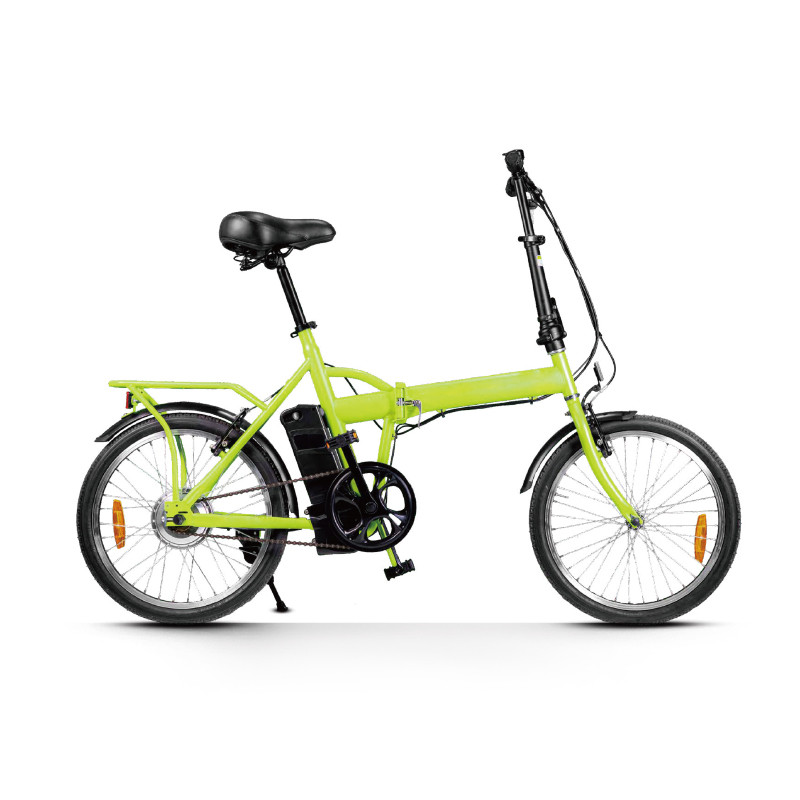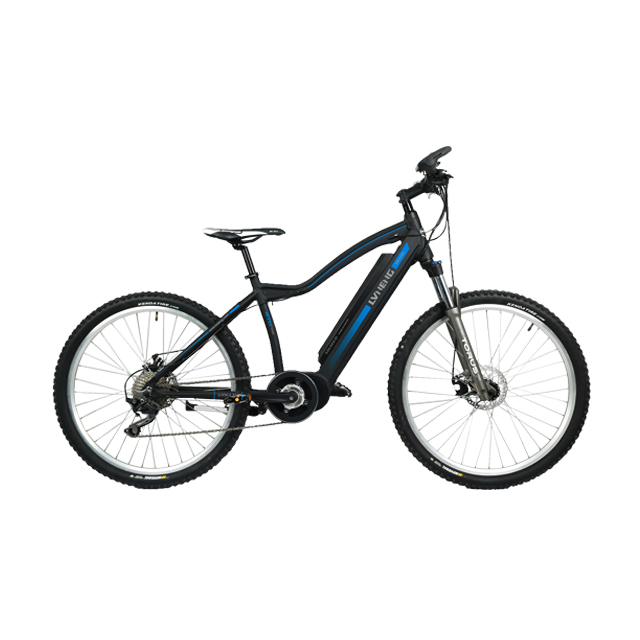-
414 Block B, ZT Times Plaza, Wuhan, Hubei, China
Blog
What To Do If Your e-Bike Motor Stops Working
Summary
When an electric bike (e-bike) motor stops working, it can significantly disrupt the riding experience, leading to frustration and potential safety concerns. E-bike motors can fail due to various issues, including battery malfunctions, wiring problems, controller issues, and internal component breakdowns. Understanding these common causes and how to troubleshoot them is essential for e-bike owners, as motor failures can result in costly repairs and lengthy downtimes if not addressed promptly.
Notably, e-bike motor failures often stem from battery-related issues, such as degraded batteries or poor connections, which can lead to power loss and unexpected shutdowns. Wiring and connection problems are also prevalent, with loose or damaged wires potentially causing shorts or disconnections in the electrical system. Furthermore, controller malfunctions can result in erratic power delivery, particularly during demanding conditions like steep climbs or rapid accelerations. The presence of software glitches or firmware issues, although less common, can also disrupt motor function, making regular updates and diagnostics crucial for optimal performance.
Effective troubleshooting involves a systematic approach, starting with safety measures and inspections of the battery and wiring before progressing to motor tests and potential professional assistance. E-bike owners are encouraged to perform regular maintenance to prevent motor failures, which includes checking battery health, securing wiring, and monitoring the condition of critical components. By being proactive, riders can mitigate risks and enhance the longevity of their e-bikes.
In summary, knowing how to address e-bike motor failures is not only a matter of convenience but also essential for safe and enjoyable riding. As e-bikes gain popularity for urban commuting and recreational use, understanding these mechanical intricacies has become increasingly important for riders seeking reliability and performance from their electric bicycles.
Common Causes of Motor Failure
Electric bike motors can experience failure for a variety of reasons, which can range from electrical issues to component malfunctions. Understanding these common causes can help riders diagnose and address problems effectively.
Battery Problems
One of the primary causes of motor failure is related to the battery. A degraded or faulty battery can lead to power loss, affecting the motor’s performance and causing it to shut down unexpectedly. Regularly checking the battery’s charge and connections is essential to prevent issues associated with low voltage.
Wiring and Connection Issues
Loose or damaged wiring is frequently cited as a leading cause of motor failure. Problems can arise from pinched, cut, or frayed wires, which may create shorts or disconnects in the electrical system. Corrosion at connection points, particularly at battery terminals, can also increase resistance, leading to power cuts during high load situations. Conducting thorough inspections of all wiring and connections, especially in areas subject to wear or vibration, can mitigate these risks.
Motor Circuit Malfunctions
Motor failures can also occur within the motor circuit itself, often due to wire breakage or shorts. If a wire’s insulation is damaged and comes into contact with the bike frame or another wire, it can trigger a short circuit that may shut down the motor. This makes it critical to inspect the motor circuit for any signs of damage and promptly repair or replace faulty wires.
Controller Issues
The e-bike controller is crucial for regulating power flow from the battery to the motor. A malfunctioning or overloaded controller can result in erratic power delivery or complete shutdown during acceleration. Symptoms of controller issues include sudden power cut-offs, especially under high current demands, such as during hard acceleration or uphill climbs. Regular checks for overheating and ensuring the controller’s casing is free of debris can help maintain its functionality.
Internal Motor Failures
Beyond external factors, internal problems such as damaged windings or worn-out brushes can hinder motor operation. If all other potential causes are eliminated and the motor still fails, it may require repair or replacement.
Firmware or Software Glitches
While less common than hardware failures, firmware or software issues can cause the e-bike to behave erratically or shut off under certain conditions. Staying updated with firmware releases and troubleshooting any error codes can help prevent these issues.
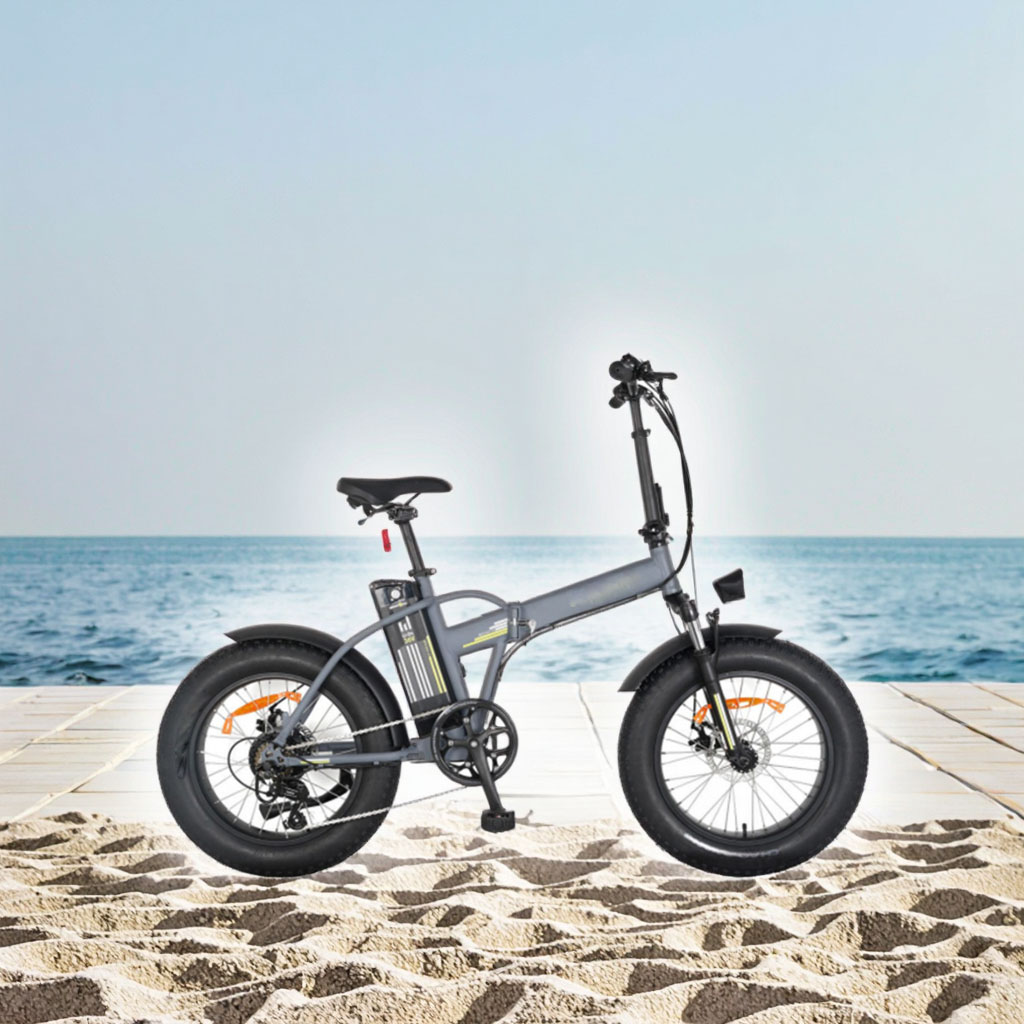
Initial Troubleshooting Steps
When faced with an issue of an electric bike motor stopping or failing to operate, it’s essential to follow a systematic approach to troubleshooting.
Safety First
Before diving into any troubleshooting, prioritize safety by disconnecting the battery to prevent accidental activation of the motor while you inspect the bike. Ensure you are working in a safe environment, free from any potential hazards.
Inspect Battery and Connections
Begin by checking the battery charge and connections, as many issues may stem from improper charging or loose connections. Disconnect the battery and examine the terminals for corrosion or dirt; clean them if necessary using a baking soda solution. After cleaning, reconnect the battery, ensuring all connections are tight and secure.
Next, use a voltmeter to check the battery voltage. A fully charged 36V battery should read approximately 42V, while a 48V battery should show around 54V. If the readings are significantly lower, it indicates a potential problem with the battery that may require professional assistance.
Examine Wiring and Components
Inspect all wiring for any frayed or damaged cables and ensure all connectors are properly secured. Pay special attention to the connections between the battery, controller, and motor. Any loose or corroded connections can obstruct power delivery, which may cause the motor to stop functioning.
Additionally, look for any visible damage to the motor or controller. If the controller is clogged with debris, clean it to facilitate proper heat dissipation, as overheating can cause shutdowns. Monitor the temperature of both the motor and controller during operation to ensure they do not exceed safe limits.
Test Motor Functionality
If the battery and wiring check out, you can then focus on testing the motor itself. Listen for unusual sounds when the motor operates, such as clicking or whining, which may indicate internal issues. Ensure the wheel spins freely to rule out any mechanical blockages that could prevent normal operation.
If these initial steps do not resolve the issue, consider consulting a professional e-bike mechanic, who can perform more advanced diagnostics and repairs if necessary.
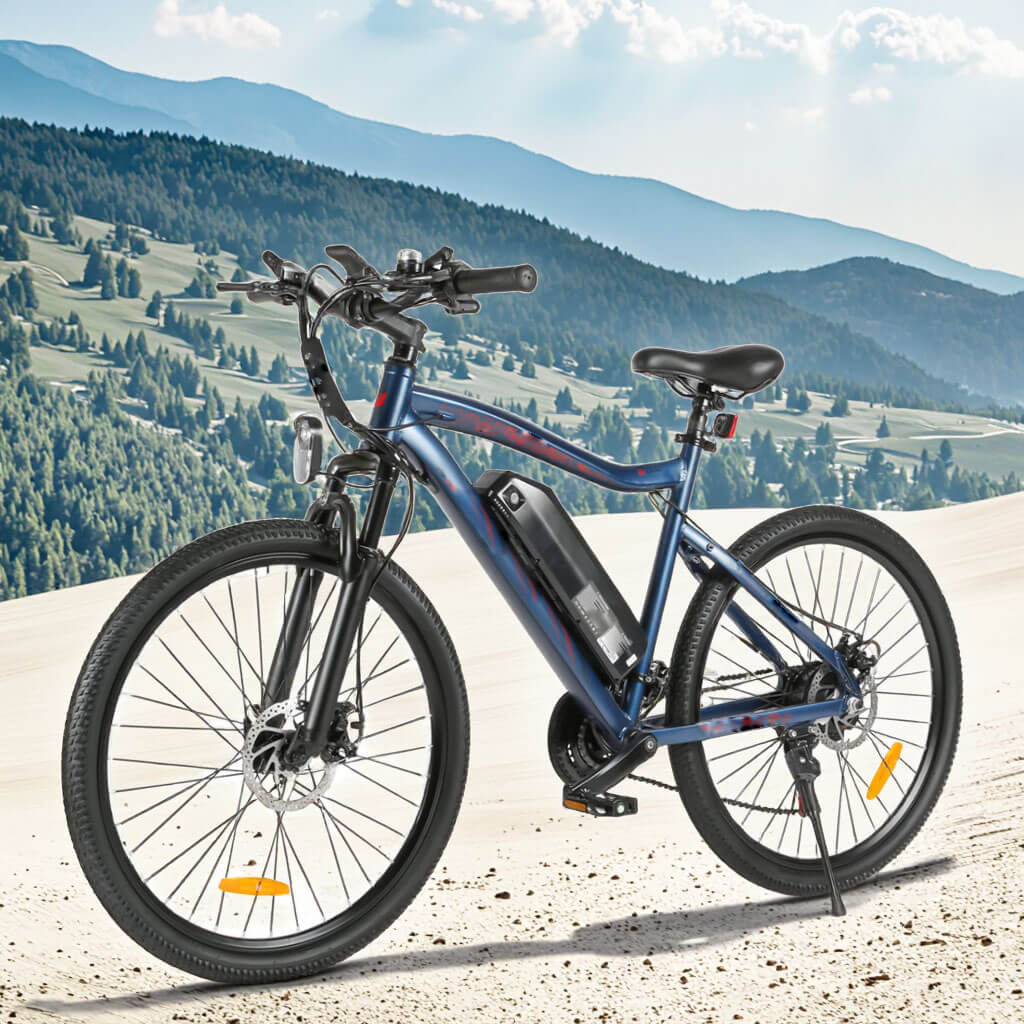
Advanced Troubleshooting
When faced with an e-bike motor that has stopped functioning, there are several advanced troubleshooting techniques you can employ to diagnose and resolve the issue effectively.
Electrical Diagnosis
Tools Required
One of the critical tools for performing your own electrical diagnosis is a Digital Multimeter. This device allows you to measure voltage, resistance, and continuity across various components of your e-bike’s electrical system, which can help identify faults quickly.
Initial Checks
Begin your diagnosis by checking the connections on the electrical components. Loose or disconnected cables can often cause the motor to stop working. Ensure that all connectors are securely plugged in. If the e-bike has a display, check for any error codes that may indicate specific issues, such as overcurrent or low voltage errors.
Battery Assessment
A common reason for an e-bike motor malfunction is battery-related issues. Start by verifying whether the display panel turns on. If it does not, this may indicate a problem with the battery. Using your multimeter, measure the battery voltage; for a 36V battery, the normal range should be between 31V and 42V. If the voltage is below 29V, the battery may require charging or replacement.
Testing the Motor
To assess the condition of the motor, you can perform resistance tests. Use your multimeter to measure the resistance between the phase wires; all readings should be similar and low. A reading that deviates significantly could indicate a motor issue. Additionally, measure the voltage between the phase wires while the motor is running. A typical reading might vary based on the load but should fall within expected ranges for your specific motor and controller setup.
Further Diagnostic Steps
If initial checks and tests do not resolve the issue, consider examining the Hall sensors, as they play a crucial role in motor function. Disconnecting the Hall sensor connector can determine if the motor can operate in a sensorless mode, which may help isolate the problem. However, if disconnection does not yield results, further testing may be needed to assess if the sensors or motor are damaged.
Seek Professional Assistance
If you’ve verified all connections, tested the sensors, and updated any necessary firmware, yet continue to experience issues, it may be time to seek professional help. Electrical issues can be nuanced, and a qualified bike mechanic with e-bike expertise can diagnose and repair complex problems, ensuring that the bike remains safe to ride. They can also advise on upgrades, such as higher capacity batteries or more capable controllers, which may enhance performance and reliability.
By systematically following these troubleshooting steps, e-bike owners can often identify and resolve motor-related issues independently, saving time and expense in the process.
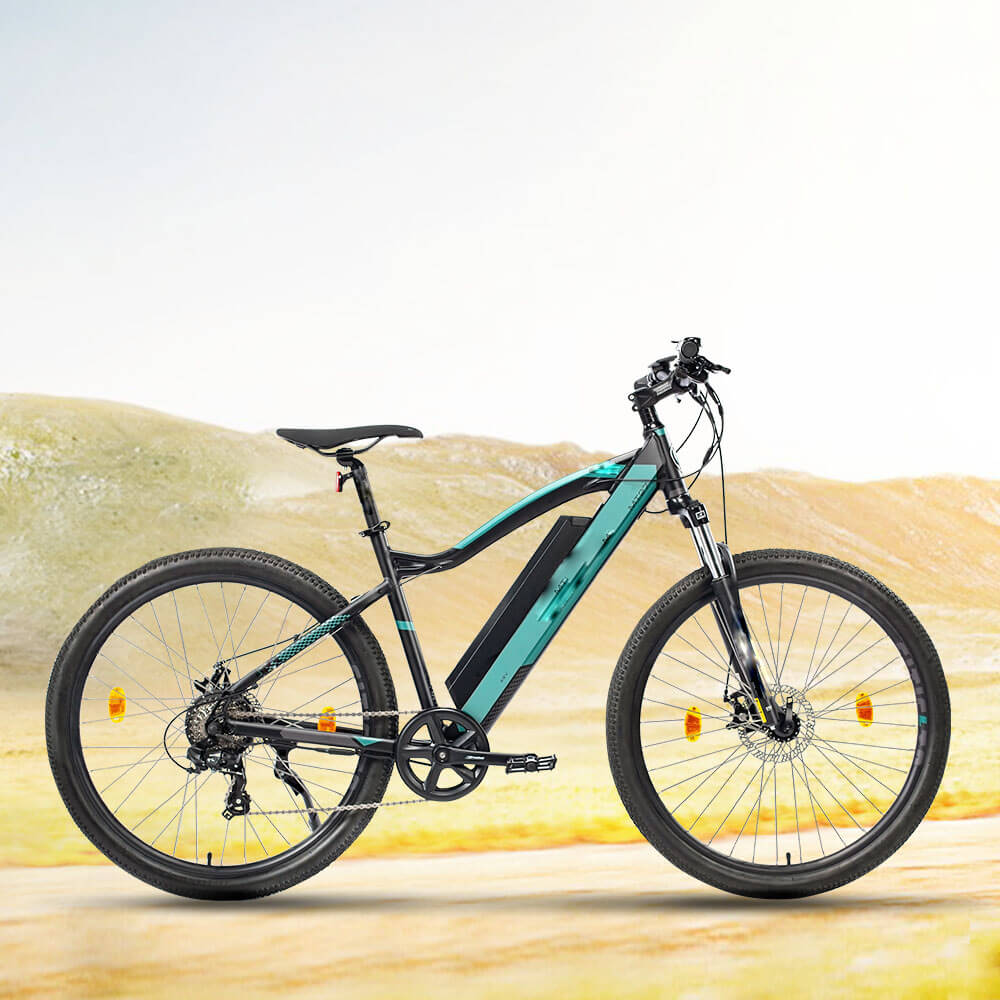
Repair Options
When facing issues with an e-bike motor, identifying the cause of the problem is crucial before considering repair options. Common issues often arise from battery malfunctions, motor hiccups, or brake troubles, and addressing these problems promptly can save riders from costly repairs and unnecessary downtime.
Basic Troubleshooting Steps
Battery Check
Start by examining the battery, as many issues can stem from improper charging or connection. Ensure that the battery is properly charged and connected.
Inspect Contacts: Remove the battery from its holder and check all contacts. Cleaning any dirt or oxidation can improve connectivity.
Rebalance Cells: If the battery shows signs of imbalance, try leaving it on the charger longer. This process may allow the cells to equalize voltage levels, enhancing overall performance.
Wiring and Connection Inspection
If the battery seems functional, the next step is to examine all electrical connections. Unplugging and re-plugging each connector can help ensure tight contacts. Pay special attention to the controller connectors and motor plug, as these areas are prone to wear due to vibration.
Wiggle Test: Perform a “wiggle test” to check for loose connections while the bike is powered on, ensuring that any issues can be identified under load conditions.
Professional Assistance
If the troubleshooting steps do not resolve the issue, it may be time to seek professional help. Electrical issues can be nuanced, and a qualified bike mechanic with e-bike expertise can diagnose and repair complex problems, ensuring that the bike remains safe to ride. They can also advise on upgrades, such as higher capacity batteries or more capable controllers, which may enhance performance and reliability.
Upgrading Components
Consider upgrading components if persistent issues occur. A more powerful controller may provide better heat management and performance, but it is essential to ensure compatibility with the existing battery to avoid further complications.
Maintenance Tips to Prevent Future Issues
Maintaining your e-bike is essential to prevent motor issues and prolong its lifespan. Regular upkeep not only enhances performance but also saves you from costly repairs and unnecessary downtime.
Battery Maintenance
Regular battery care is crucial for optimal performance. It is recommended to clean and charge your battery frequently, and store it indoors during extreme temperatures. When not in use, charge the battery every three months to prevent degradation. Avoid overcharging and ensure that the charger used matches your battery’s specifications to prolong its lifespan.
Chain and Tire Care
To ensure a smooth and safe ride, regularly lubricate and clean the chain to prevent grit and grime buildup. Additionally, conduct routine tire inspections to check for damage, maintain appropriate air pressure, and ensure that the tread is in good condition. These simple checks can help avoid performance issues and enhance the overall riding experience.
Regular Inspections
Perform regular check-ups on your e-bike to identify potential problems before they escalate. Inspect the wiring and connections between the battery, motor, and controller for security and integrity. Listen for any unusual noises coming from the motor, as these could indicate underlying issues that need attention.
Seasonal Care
In winter, special care is needed to combat challenges like snow and road salt. It is advisable to thaw any snow stuck to the e-bike before wiping it down to prevent salt from damaging the paintwork. Regularly clean and lubricate the chain and metal components to protect against rust and ensure reliable functionality year-round.
By following these maintenance tips, e-bike owners can reduce the likelihood of motor issues and extend the life of their electric bikes, allowing for a more enjoyable and worry-free riding experience.




